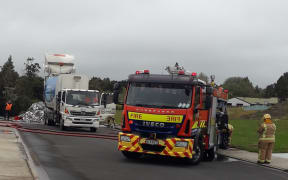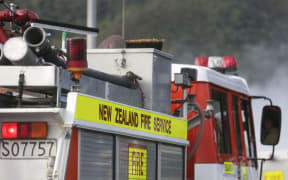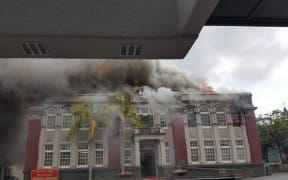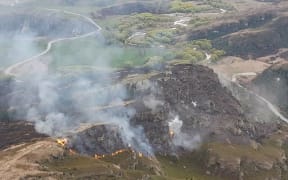Fire and Emergency New Zealand should develop a nationally consistent framework for tactical fire planning, an independent review of the Tasman forest fire response has recommended.
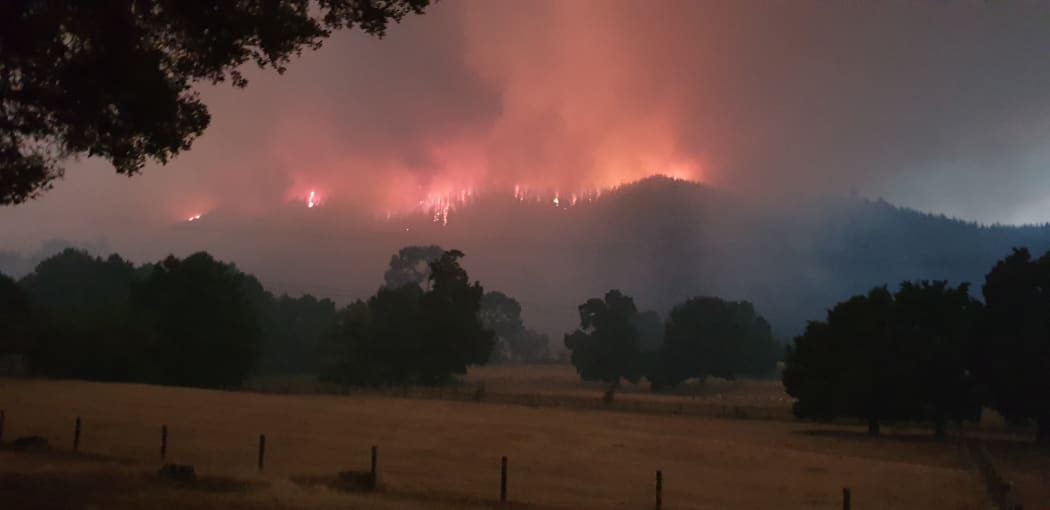
Merv Randle could see the fire at Pigeon Valley from his property earlier in 2019. Photo: Supplied / Merv Randle
The review by the Australasian Fire and Emergency Services Authorities Council was released in Richmond today.
It showed that emergency services coped with the extreme and extensive incident by working better with partner organisations.
The report also said that Fire and Emergency New Zealand (Fenz) managed the Tasman forest fires, through the lessons learned in the Christchurch Port Hills fire.
The fire was accidentally sparked by farm machinery in a dry paddock in Pigeon Valley in Wakefield on 5 February.
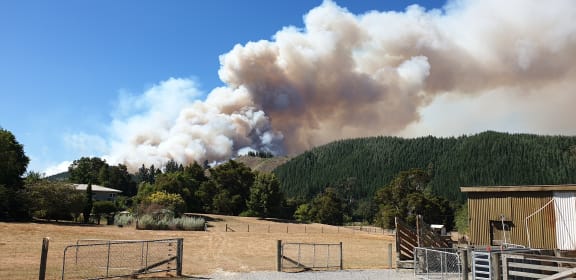
Merv Randle could see the fire at Pigeon Valley from his property soon after it began earlier in 2019. Photo: Supplied / Merv Randle
It eventually burned through more than 2300 hectares of commercial plantation forest, property and pastures over two weeks, and led to the evacuation of 3000 people from their homes.
In the days and weeks that followed, other fires broke out in Tasman and in Nelson, including at Rabbit Island, Atawhai, the Moutere Hills and Dovedale, that added to the complexity of the fire managers' task.
Fenz National Commander Kerry Gregory, who was in Richmond for today's report release, said streamlined management systems and regular training adopted since the Christchurch fires helped in Tasman.
He also said that a combined approach from multiple agencies would be crucial to managing future large-scale emergencies.
"No organisation now, in today's environment can handle these large, different events that we have, whether it's the Tasman-type fires, or the flooding or the earthquakes - we can't do it alone and we have to work together," Mr Gregory said.
He said the report also highlighted that New Zealand was well placed to respond to significant emergencies.
The report contained a list of 12 recommendations, including that Fenz should establish and promote a set of risk reduction guidelines or requirements around permitted heat and spark activities, that related to the community as a whole and not just the forestry sector.
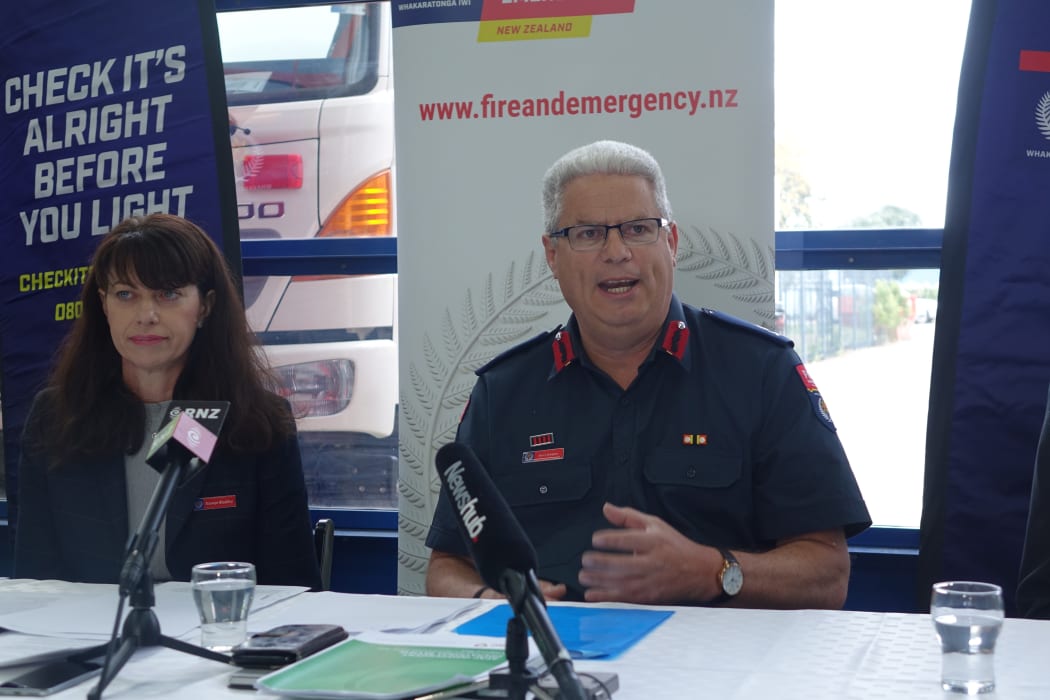
Fire and Emergency NZ Deputy chief executive Raewyn Bleakley and National Commander Kerry Gregory. Photo: RNZ / Tracy Neal
It should also introduce a policy that each region develop a "matrix" of air and ground incident management teams and machinery resources that would be on stand-by at given forecast levels of fire danger. The policy would need to include rules about response times.
It was also recommended that Fenz should develop a national aviation management function, a single ICT system to be used across all locations, review wildfire related training requirements, and include iwi in local and national incident management teams.
Deputy chief executive Raewyn Bleakley said Fenz welcomed the review and fully accepted its findings.
She said the review was commissioned because of the extent of the Tasman fires and the magnitude of the response.
"These fires were severe and extensive and the response was of a magnitude not seen often in New Zealand."
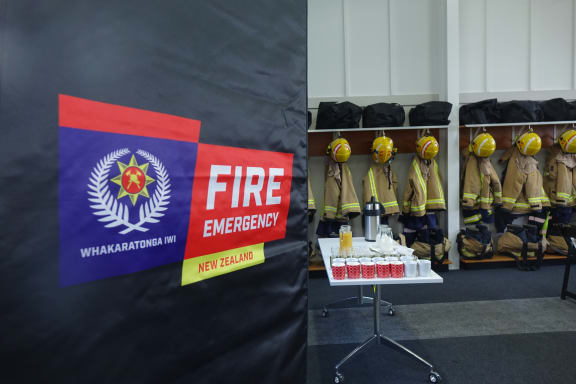
Photo: RNZ / Tracy Neal
She said the review was constructive and timely.
"The establishment of Fire and Emergency New Zealand was the first critical step towards addressing the lessons from Port Hills (Christchurch fires).
"It brought together 40 separate organisations and 14,000 people, and since then we have been focused on how we can more effectively work with other organisations and agencies during wildfires and other emergency responses," Ms Bleakley said.
At its peak there were 23 helicopters working to fight the blaze, two fixed-wing aircraft, 23 heavy machines and more than 150 fire fighters.
Ms Bleakley said along with the 3000 residents evacuated, 700 animals including livestock and pets were also removed from the fire's path.
She said everyone was grateful no lives were lost, but the physical and economic damage to property and the the environment was considerable.
Mr Gregory said the next step would be working out how to incorporate the review findings into the organisation's work programmes.
That work was expected to be completed by the end of this year.


